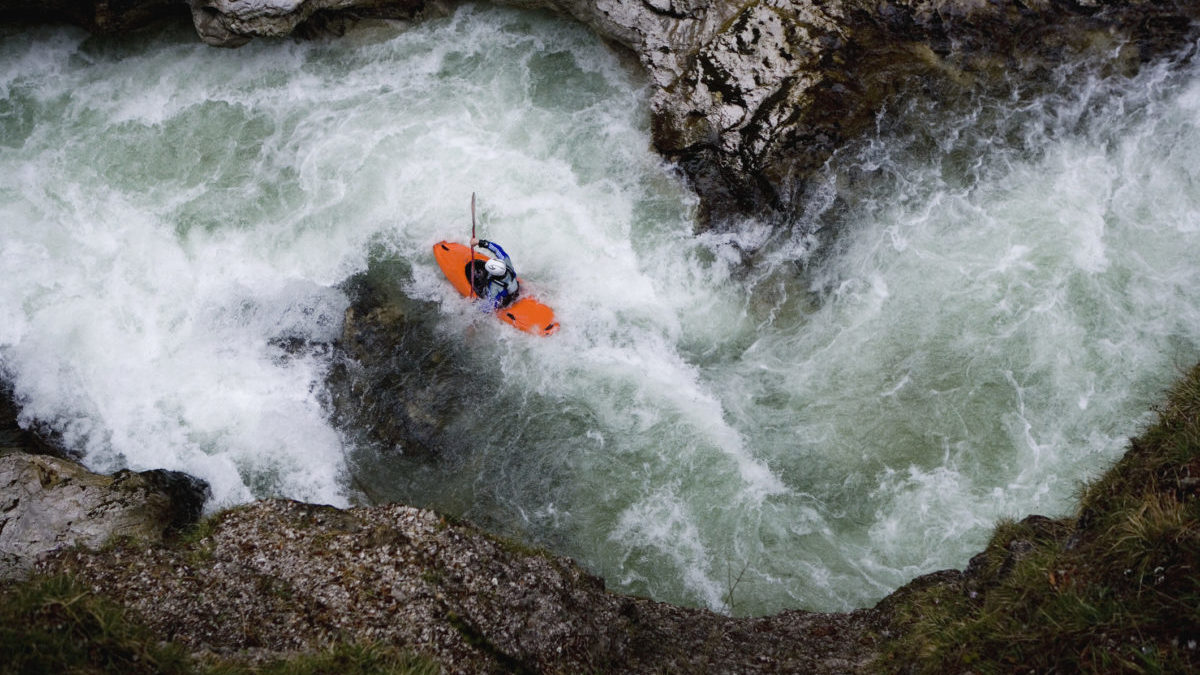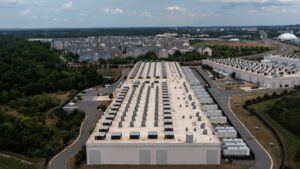There’s a $30 billion prize waiting if Australia heads downstream to produce lithium batteries: CRU Group

Pic: Thilo Brunner/The Image Bank
- CRU Group says Australia can capture an export industry with a value at normal prices of up to $30 billion by turning its lithium dominance into battery production
- Rare earths and vanadium expected to boom from renewable energy transition
- Canberra backs resources investment as central to net zero targets
The buzz phrase at the International Mining and Resources Showcase in Sydney this week is “critical minerals”, capturing both the need to develop battery supply chains in Australia and the genuine scarcity of these metals compared to demand in the coming decades.
One of the big questions for the resources sector and Australian Government is just how much work it can do to take its rich mineral endowment and convert it into a manufacturing powerhouse.
It is something Australia, which lost its car manufacturing industry several years ago, has rarely enjoyed.
Even its biggest export industry, iron ore, is founded on the relatively low capex and cost base associated with mining ore and shipping it at huge scale to be converted into steel in China.
But as the world’s largest producer of lithium for the emerging electric vehicle battery supply chain — WA’s hard rock spodumene mines supply around half of the world’s lithium carbonate equivalent production — experts say we are well placed to capture the added value normally left on the table downstream.
“In seven years’ time, we have to see a six-fold increase in the amount of hydroxide produced in order to meet what we think will be EV demand forecasts, that’s 25% compound annual growth,” CRU Group head of Australia and New Zealand Alex Tonks said.
“Not many commodities have grown like that. It is going to be difficult for the industry to keep up, but it is an enormous opportunity.
“We’re not looking at the current prices, which are very, very high. On a long term average basis if Australia only exports spodumene, it will only really be creating an industry of a few billion dollars a year.
“If we can turn it all into hydroxide, you end up with an industry closer to about $10 billion a year.
“If you can turn it all into an NMC 811 battery, you end up with an industry of about $30 billion a year, that’s broadly comparable to the met coal exports of today. So we do think it is worth pursuing, at least trying to get to cathode materials in Australia.”
Rare earths demand from wind turbines to grow fourfold
The EV boom will see demand for lithium grow something like 15 times in just two decades, Tonks says.
It is a scary proposition. The only market where comparable growth levels has been seen is the iron ore trade to China from the early 2000s on.
It is not only lithium where CRU Group sees booming demand for critical minerals, something that could be accelerated by US subsidies, which will see tax credits for manufacturing from commodities sourced from Russia and China phased out by 2024.
Rare earth magnet demand is also expected to rise fourfold by 2040, largely driven by the growth of offshore wind for energy generation.
“In our view it’s really the wind rollout that drives that. By 2040, we expect wind turbine capacity to be 4.1 terawatts, versus 0.7 at the moment,” Tonks said.
“So wind will be a major driver, particularly offshore wind, which requires a very, very large amount of permanent magnets.
“That’s going to produce a huge deficit in the rare earths market. Really, by the mid 2020s, you can see that supply gap emerging. And it’s going to be quite large from the 2040s, I should say that that includes a lot of projects that are already being developed here in Australia, that are absolutely required.
“Even with that you’re going to see a very, very substantial supply gap in this market. So it’s important that more projects are brought on otherwise you’ve going to see thrifting or substitution, which is not what we want.”
Going with the (vanadium redox) flow
Tonks, meanwhile, says CRU’s forecasts for demand for vanadium redox flow batteries, which aren’t energy dense enough for EVs but will become a centrepiece of energy storage applications, will be much faster than the IEA’s estimates.
By 2040, CRU thinks one-fifth of cumulative battery storage demand will be serviced by vanadium redox flow, with the proportion of the steel hardening agent that goes into the battery space rising from just 2% today to more than half inside less than two decades.
“Again, Australia has most of the primary vanadium projects in the world today. Most of those project are known they just simply need to be financed,” Tonks said.
While this all sounds positive for Australia, Tonks noted that while we are mineral rich, it will be hard for the west to displace Chinese downstream production with its inherent advantages in processing and manufacturing.
Federal resources minister Madeleine King, who presented early on day 2 of the IMARC conference, said investment in critical minerals production and processing is essential to the Australian Government’s legislated 2050 net zero target.
“We took that policy to the election and the Australian people supported it. So, we are determined to reach net‑zero emissions,” she said.
“As I’ve said very often, the road to net‑zero emissions will be through the resources sector.
“We have to extract more minerals, not less, to get there. We need to extract critical minerals so that we can build the technology that allows us to get to net zero — batteries, wind turbines et cetera.”
Related Topics
UNLOCK INSIGHTS
Discover the untold stories of emerging ASX stocks.
Daily news and expert analysis, it's free to subscribe.
By proceeding, you confirm you understand that we handle personal information in accordance with our Privacy Policy.








